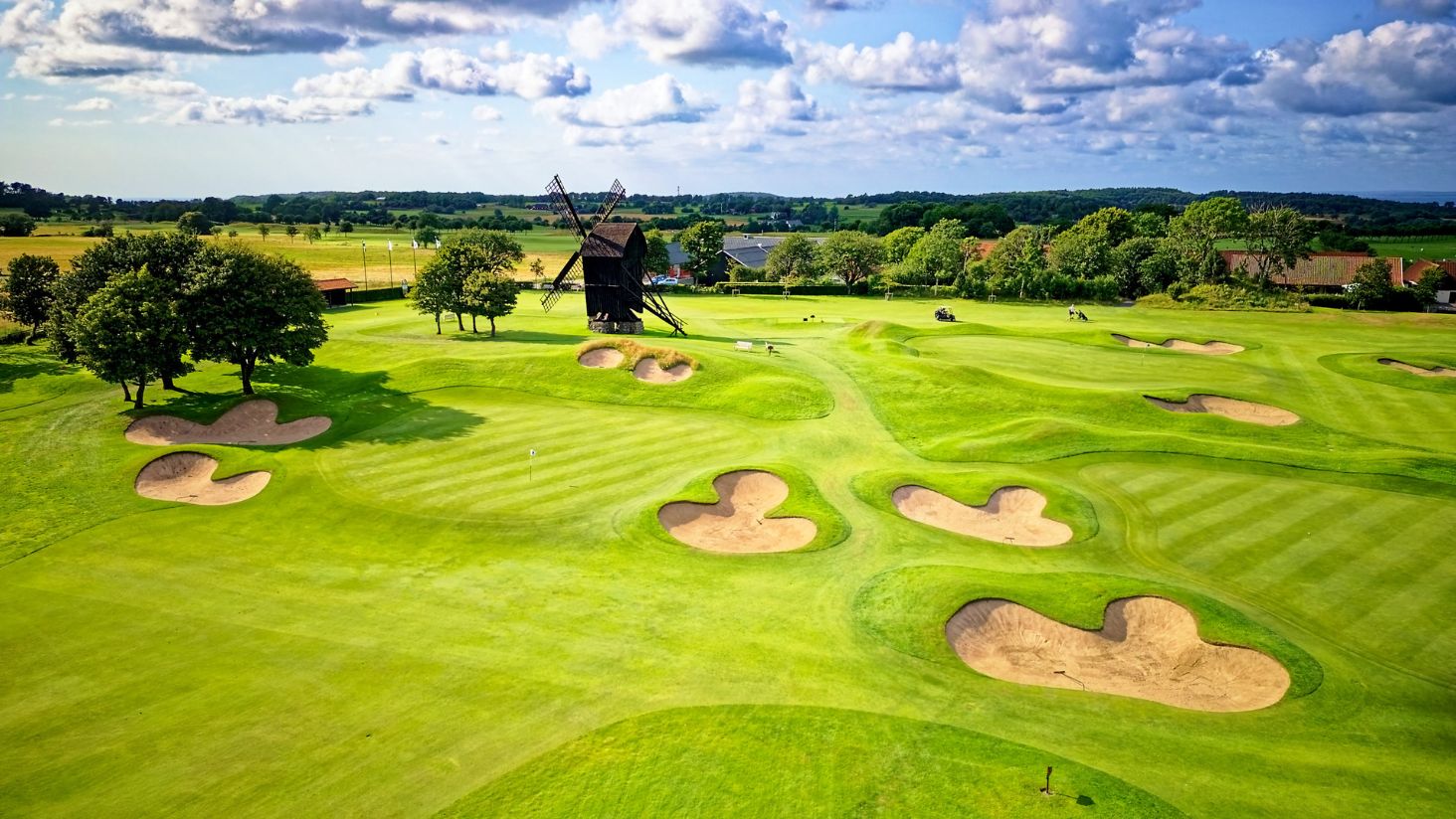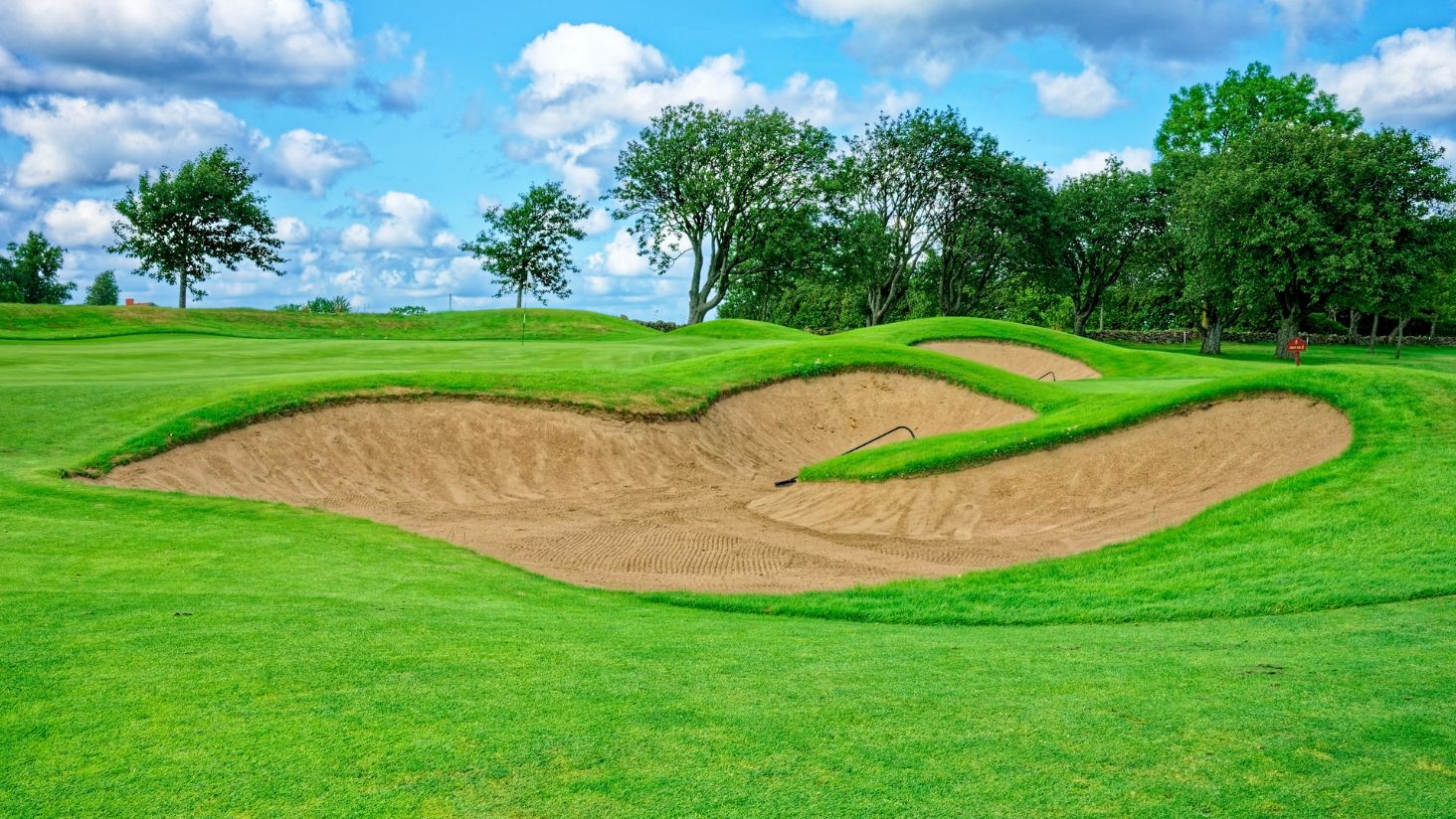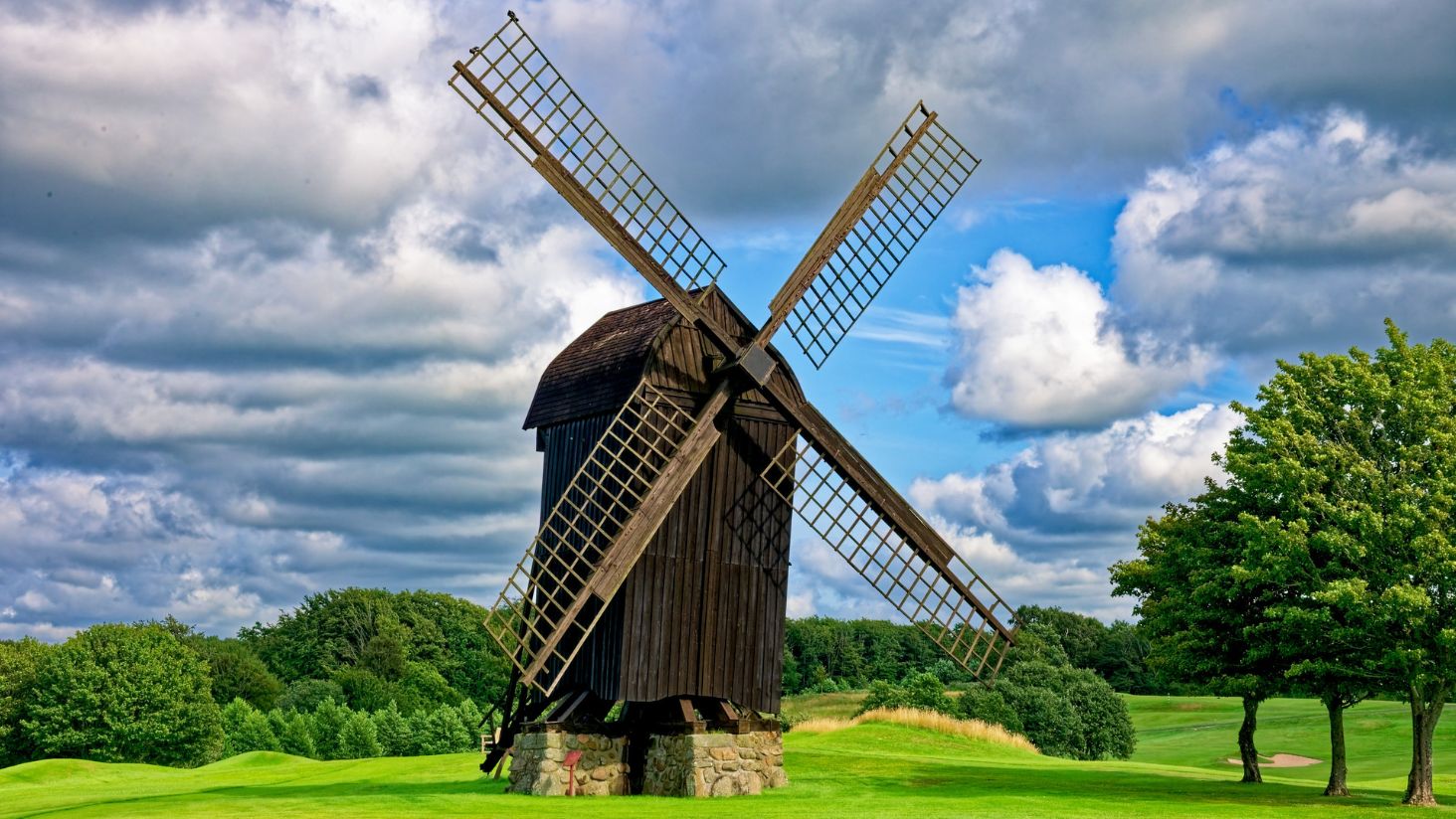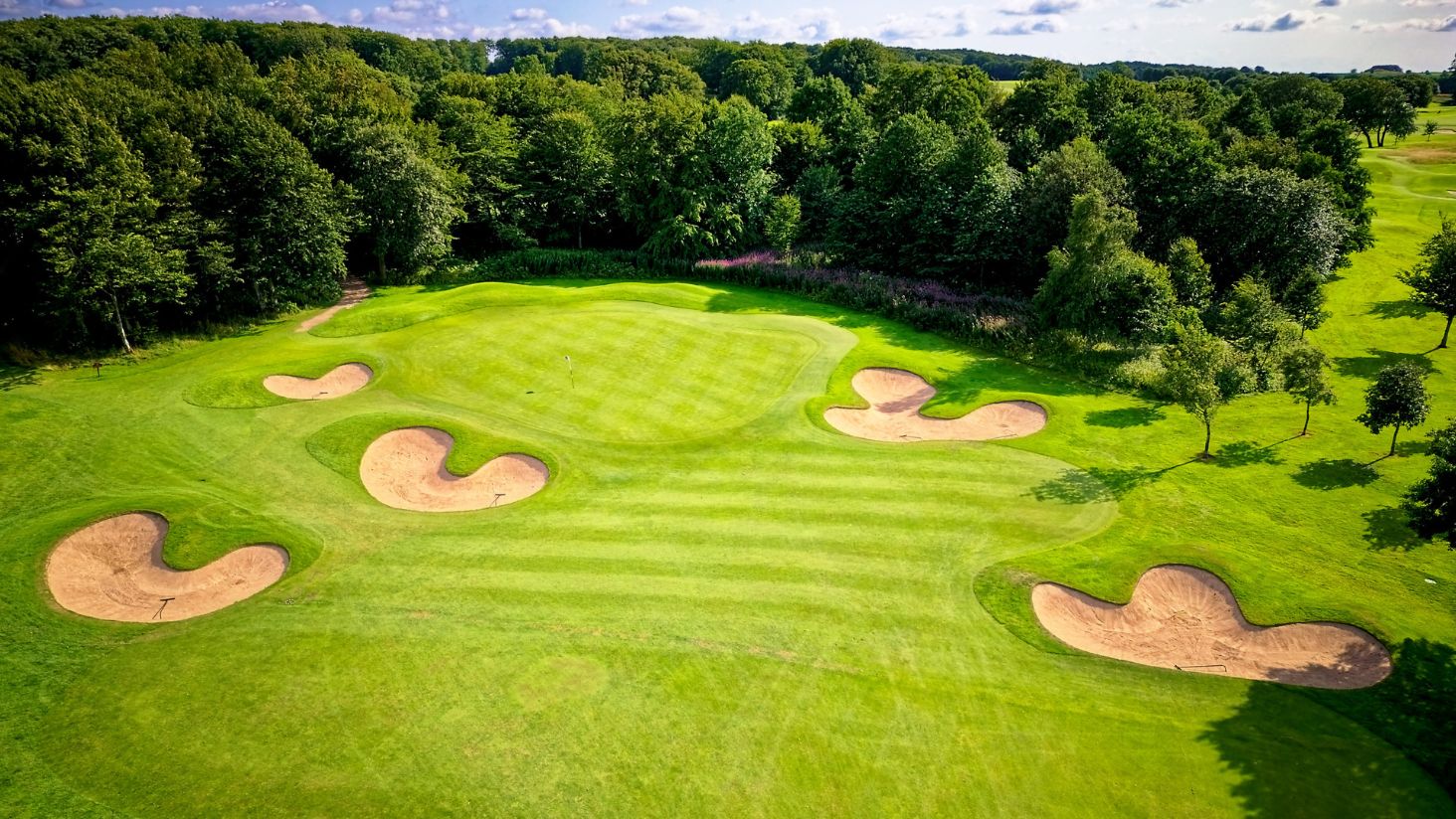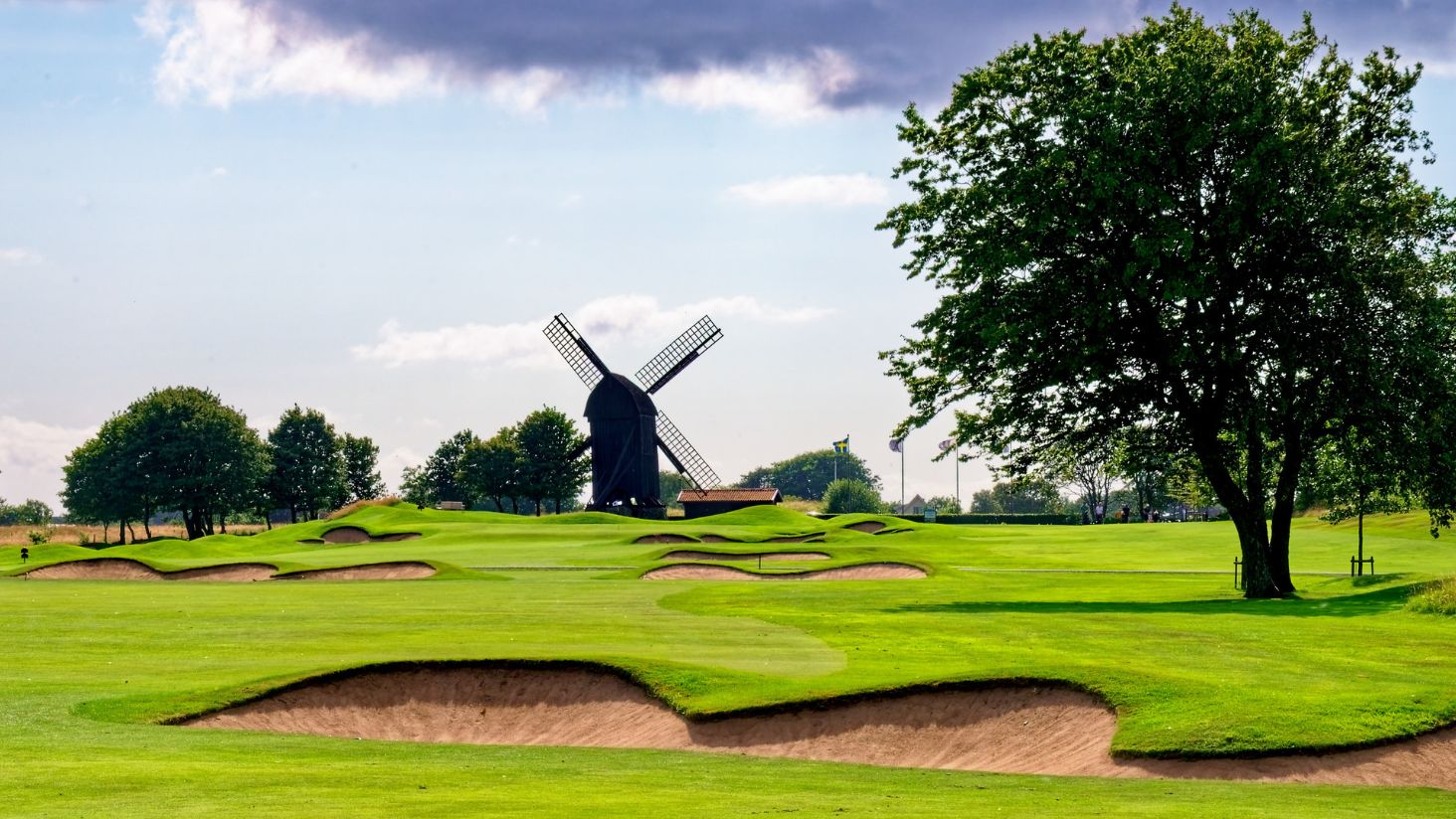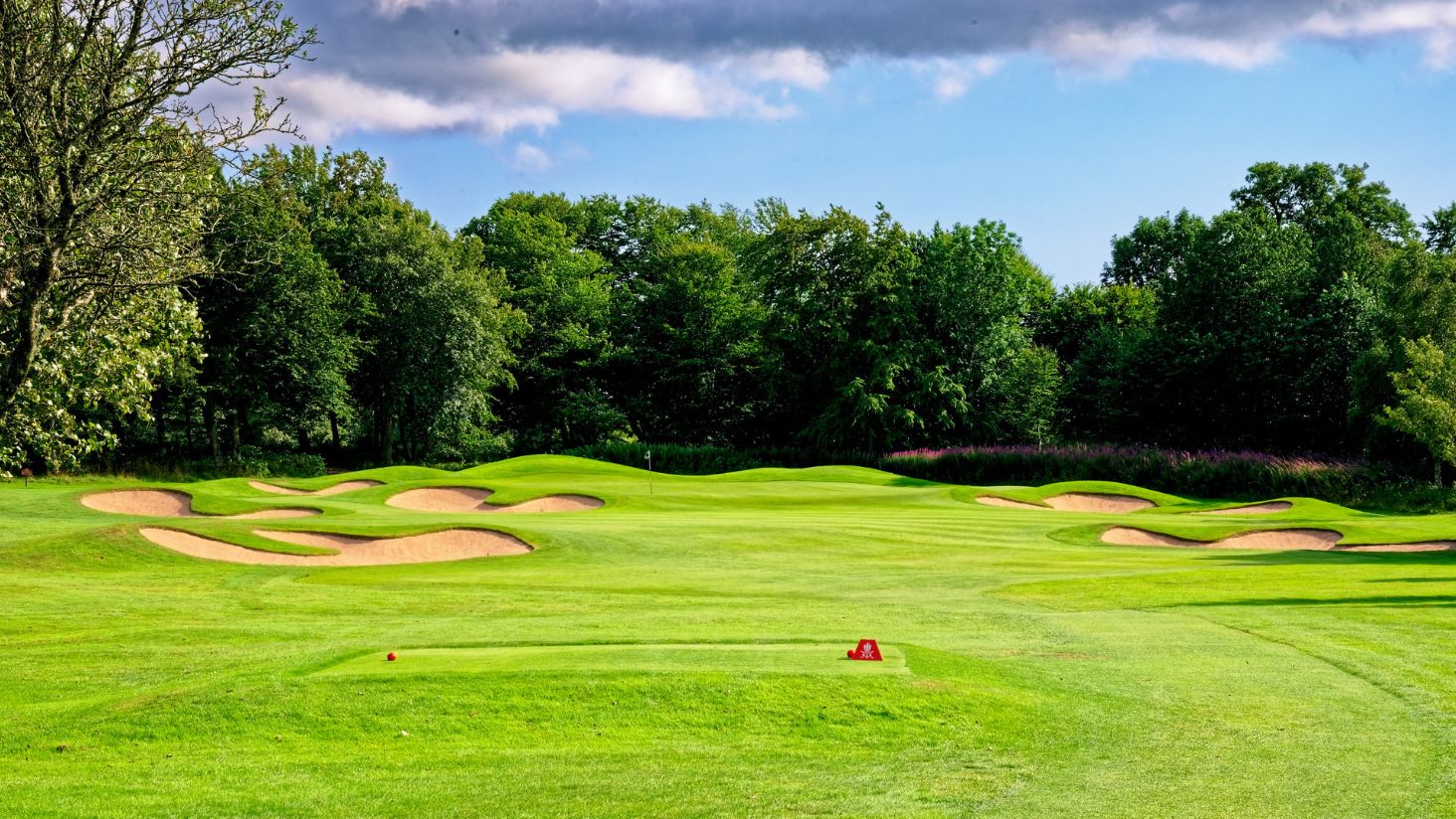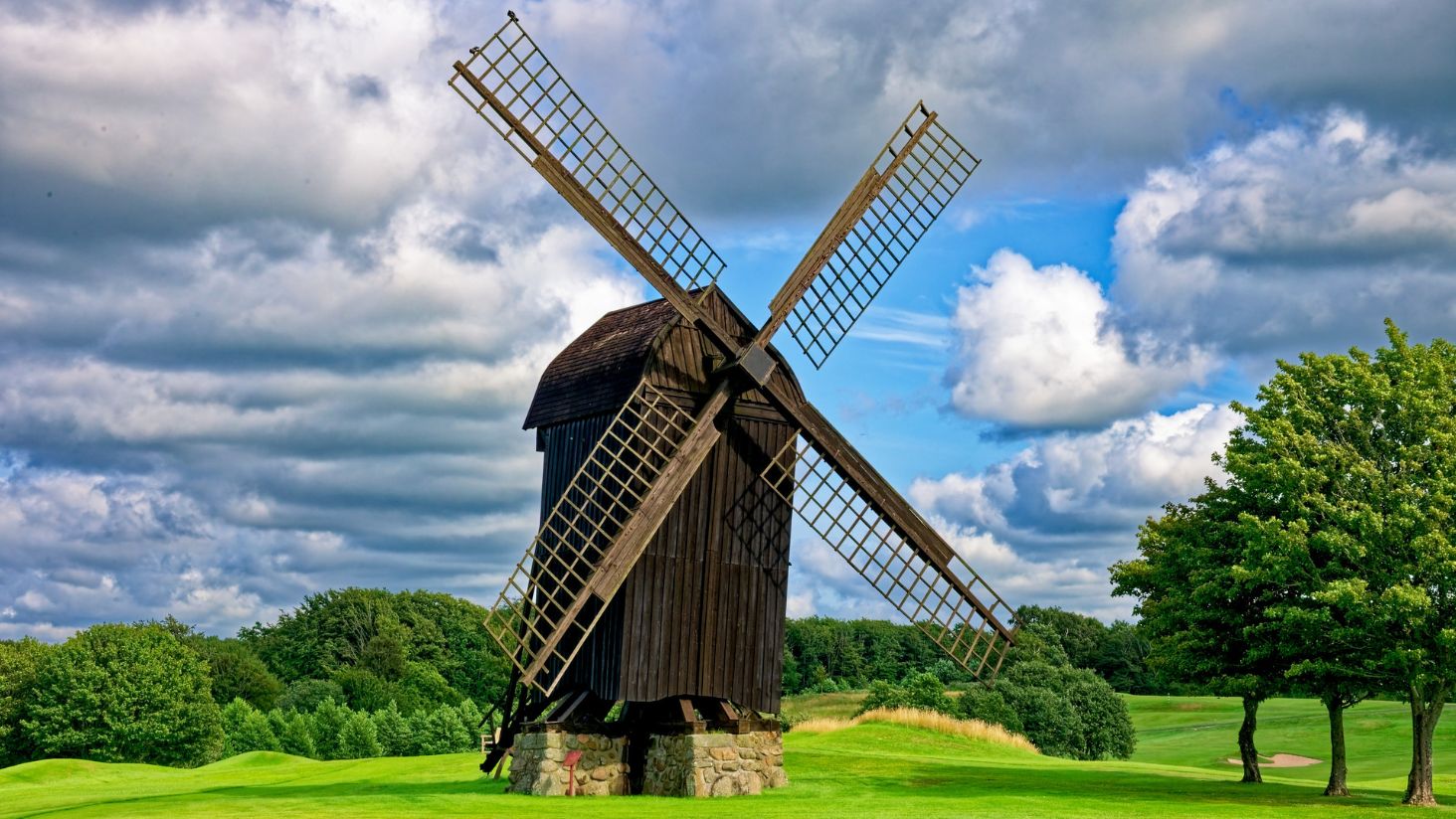

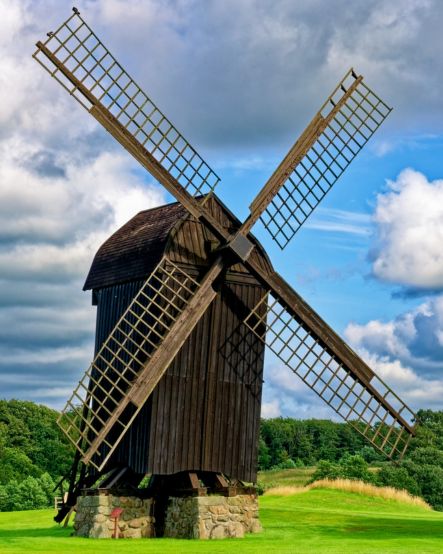
Båstad Golf Club - Old Course: Swedish golf tradition with British heritage
Båstad Old Course: Sweden's parkland jewel from 1930, British design, royal history and windmill views. A must for golf lovers!
The Old Course at Båstad Golf Club - "Gamla Banan" in Swedish - is one of the most important golf courses in Scandinavia. Opened in 1930, making it the second oldest 18-hole course in Sweden, it embodies classic British-style parkland architecture. Designed by the renowned golf architects Frederick G. Hawtree and J.H. Taylor, the par-72 course is a prime example of the "Golden Age of Golf Design" with its gently undulating Fairways, well-positioned Bunkers and undulating greens. The length varies between 4,644 and 6,086 meters depending on the tee box - challenging but never unfair.
Landmark and historical context
The landmark of the course - a picturesque windmill - greets players on Tee 1 and accompanies them through the round as a visual leitmotif. Embedded in the hilly landscape of the Bjäre Peninsula, the course not only offers variety in terms of play, but also sweeping views over forests, fields and Laholm Bay. The course's close connection to history - initiated by Ludvig Nobel, the nephew of Alfred Nobel, and an enthusiastic Crown Prince Gustaf V at the opening - gives the Old Course a royal touch that can still be felt today.
The front nine: tactics and nostalgia
The first nine holes present themselves as a varied mix of tactical Par 4s, an opening Par 5 and a well-defended Par 3. Many holes cross a small road - a nostalgic detail reminiscent of British inland courses. On hole 1, a dogleg left with an ascent towards the green requires strategic thinking. Hole 2, on the other hand, is short but treacherous - the two-tiered green and many bunkers invite you to attack, but punish any misses. Hole 3 is also slightly uphill and the green, which slopes to the right, requires a precise Approach. The first Par 3 on hole 4 plays across the road to a small green surrounded by bunkers - a visually and technically appealing shot. It continues with a blind teeshot on hole 5 and a complex course on hole 6, where the windmill once again comes into view. Holes 7 to 9 are classic but challenging - often slightly uphill, well defended and with many changes of direction.

The back nine: variation and signature hole
The back nine brings more variation: three Par 3s, three Par 4s and three Par 5s are spread harmoniously over the second half. At only 299 meters, hole 10 offers a good birdie chance, while hole 11 - an uphill Par 3 - surprises with clever bunker positions. The long holes 12 and 13 demand precise course management and reward good positions. Hole 13 in particular, the most difficult hole on the course, combines a blind tee shot, change of direction and a challengingly defended green - a real signature hole. Holes 14 to 17 offer further contrasts: from gentle doglegs to tricky greens and dramatic elevation changes. The highlight at the end is hole 18, the longest hole on the course. With up to 526 meters in length, undulating terrain, numerous bunkers and a sloping green within sight of the windmill, the round ends as spectacularly as it began.
The Old Course in Båstad is a living monument to Swedish golf history that captivates every golfer with its natural location, strategic design and loving care. Anyone who appreciates classic golf architecture, a stylish ambience and a sporting challenge should definitely play this course.



Release date
21 Oct 2025
photos
Båstad Golf Club is the second oldest 18-hole course in Sweden. Its landmark is a windmill. (Photo Michael Althoff)
Impressions from the Bastad Golf Club (Photos: Michael Althoff)
Impressions from the Bastad Golf Club (Photos: Michael Althoff)
